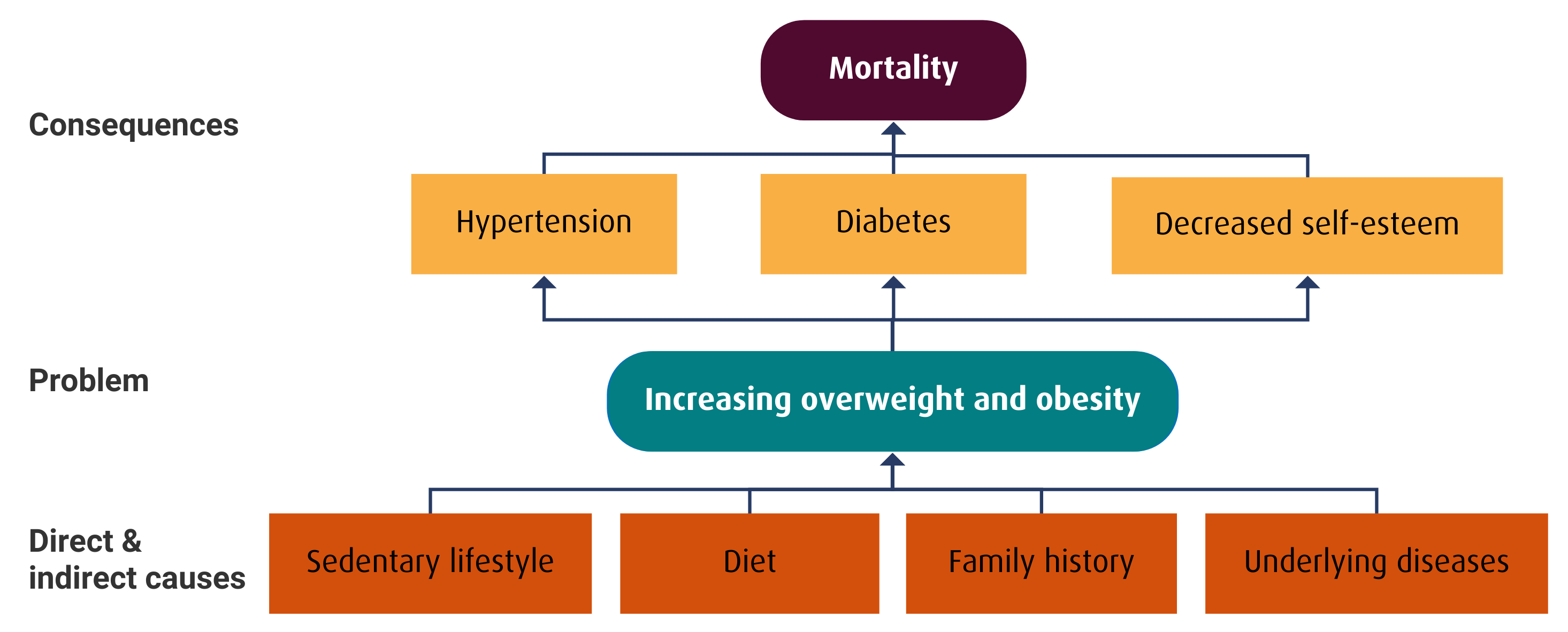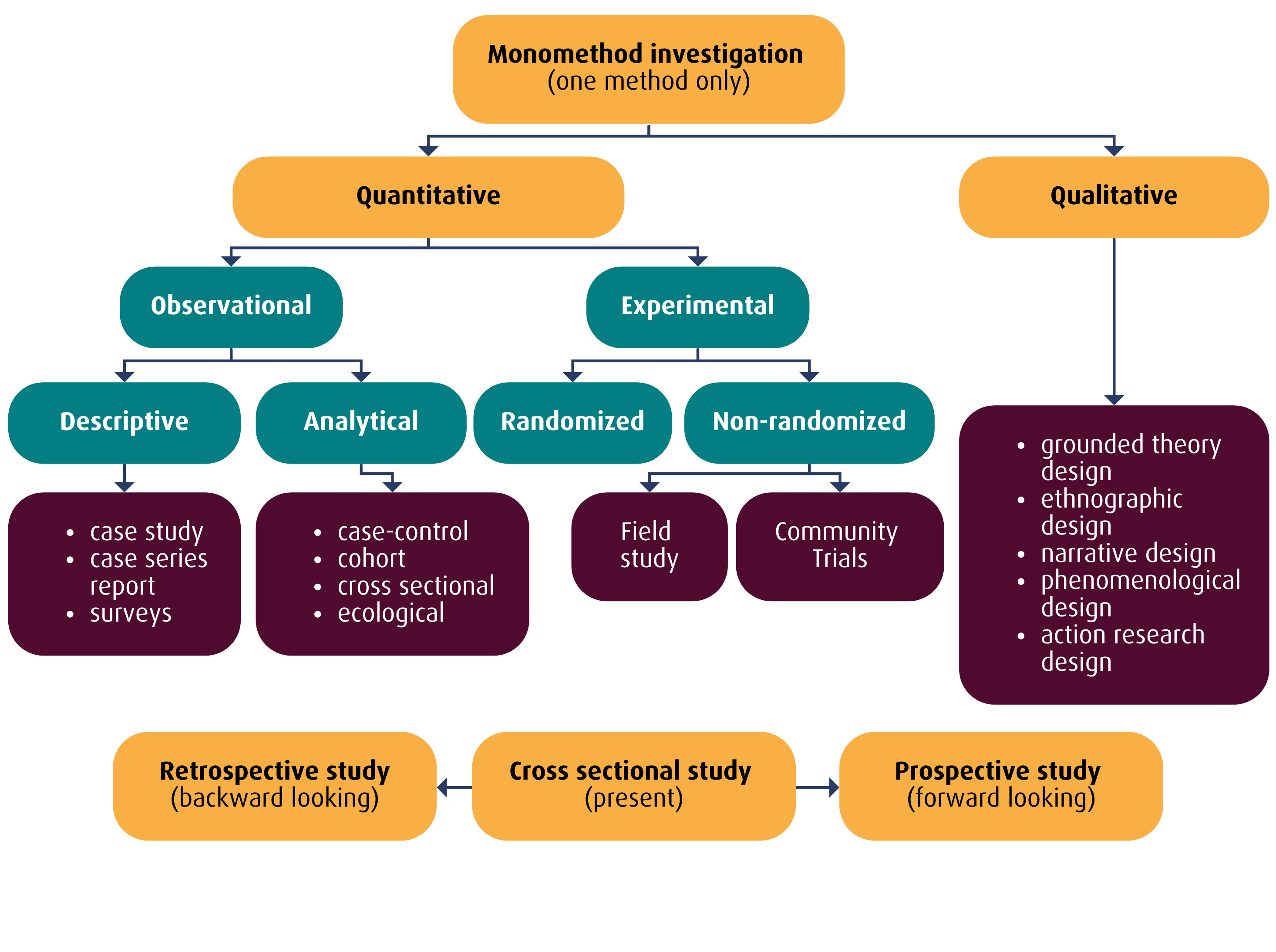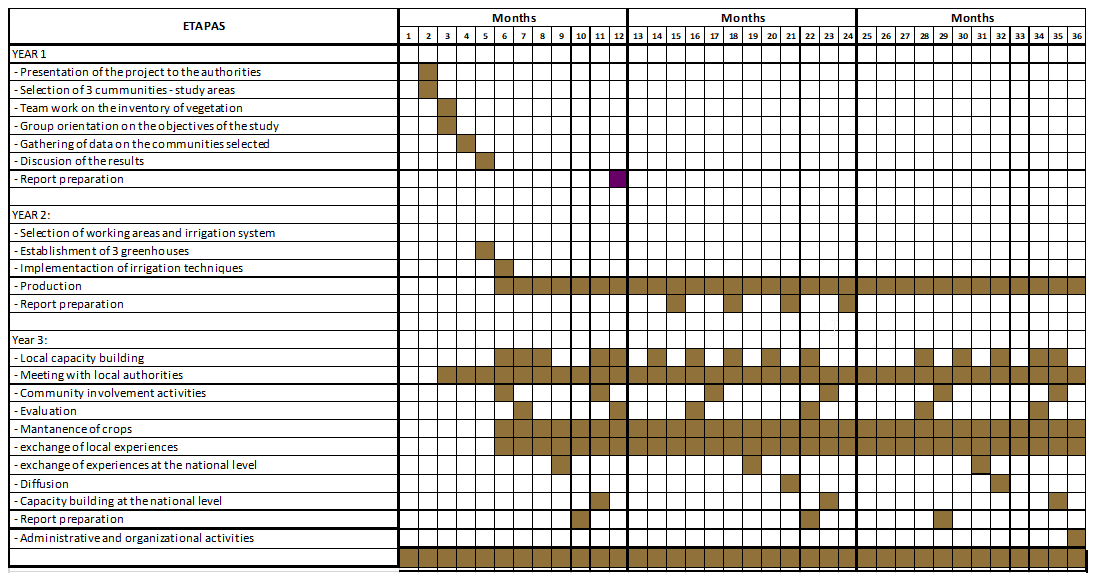
Please note that this is a suggested general structure, but you should follow the guidelines provided by the funding institution.
Preliminary Sections |
|
Research Background & Justification |
|
Methodology |
|
Management |
|
Supplementary Sections |
|
PRELIMINARY SECTIONS
Exciting Title!Title and abstract will be written at the end. Begin with a “working title” that will be adapted as you redefine your objectives and impact. The title needs to:
|
Effective AbstractThe abstract is the first part that the reviewers will read (and maybe the only one!)It is the initial impression of the request. It is an argument; it should convince the reviewers to take the time to read the entire proposal. It is NOT an introduction, NOT a list, NOT an unsolved mystery. Often < 250 words. Make every word count! (Look for every word: do you need it? Save words by eliminating passive voice).
Tip: It may contain the same information as the last paragraph of the introduction and the first paragraph of the Justification or rationale.Remember:
|
RESEARCH BACKGROUND & JUSTIFICATION
The research problemThe problem identification is the starting point. It is the recognition of a challenge, need or gap in knowledge. Can you match this problem with what the funding body is asking for? If yes... Continue with the problem analysis, where a deeper understanding of the question and the problem is developed. Identify the causes of the problem and associated factors. The analysis can be based on knowledge, literature review, local or national priorities, or discussion with the team. Identify the frequency, intensity, and geographical distribution of the problem to show the importance of addressing the problem. With this, we can construct the problem tree:
Problem tree example
|
Background: literature reviewA good and up-to-date literature review is essential to:
Reading literature in your field allows you to stay on top of your game. If you’re in a field you’re interested in, this should not be too arduous. The reading must go from the start to the end of the research process. If not, it can happen for example that by the time you publish there will be already a similar article published! Type of Literature
Steps for the bibliographic search:
Rationale and Impact:This section addresses why the proposed work is important in the field and answers the question: “so what?”.
|
Objective(s) or research question or hypothesisThen you must set out the objectives:
Why should we formulate research objectives?
Specific objectives: quantifiable results at a specific time for the project. Concrete measures to respond to the big question. Keep in mind that not all research projects have hypotheses. Research objectives can be descriptive, methodological (evaluation of a lab technique), differential, or relational (comparing factors that influence x).
To learn more about developing your research question you can access this free training:https://globalhealthtrainingcentre.tghn.org/research-question/
|
Feasible scope / LimitationsExplain your limitations – weaknesses and what can be done if something happens. It is better if you mention your limits before, so they know you are being realistic.
|
METHODOLOGY
Methodology answers how you are going to carry out the process and is the heart of the research proposal.
Here the reviewer will see your competence as an investigator.
It must show that the overall research design and methods of analysis will correctly address the research problem. It should be unmistakably tied to the specific aims of your study.
Structure:
Find in this chart the different study methods
You can also have multi-method research, which is a combination of single-approach designs, e.g., first an experiment and then a separate survey; or a mixed method which includes concurrent designs, integrative designs, and sequential designs.
|
From whom will you collect the information?People, crops, experiments, secondary analysis, vital statistics...
How do you know if you need to take a sample or the whole population?This depends on these criteria:
Steps
Possible sampling biases: To study only the volunteers or the enrolled patients. Accessibility bias. Probabilistic or non-probabilistic sample?Probability sampling is a method that involves randomly selecting a sample or a part of the population that you want to research. What is the sample intended to measure?Review objectives and be clear if they are descriptive or comparative.
Is it just a population or is there a comparison?
|
Data Collection
Biases during data collection:Bias at the collection stage means that the data you have gathered is not representative of the group or activity you want to say something about.
|
What will you do with the data collected?Make a data processing and analysis plan. It should include:
|
How to determine if the data collection methods are correct before conducting the study?Doing a:
If you have done so, including the results in your proposal makes it much stronger! |
MANAGEMENT
Ethical ConsiderationsResearch ethics involves the application of fundamental ethical principles to research activities which include the design and implementation of research, respect towards society and others, the use of resources and research outputs, scientific misconduct, and the regulation of research (Citation: https://www.stir.ac.uk/research/research-ethics-and-integrity/understanding-ethics/) The proposal must describe the measures that will be undertaken to ensure that the proposed research is carried out in accordance with the declaration of Helsinki. (Citation: https://cioms.ch/wp-content/uploads/2017/12/CIOMS-EthicalGuideline_SP_INTERIOR-FINAL.pdf )
Guidance for the ethical review of a proposal
|
Potential risksPersonal misbehaviour
These would be misbehavior but not a fraud. Scientific Fraud
|
BudgetDon’t leave your budget to the last minute! Advice
Budget categories (will be according to the agency’s restrictions):
Budget Personnel Justification Example (Download .pdf)Chronogram/TimelineA timeline is a graphical representation of the chronological sequence of events, integrating all project activities.
Tips
Example
|
Supplementary Sections
References
|
Appendices
You can include a Biographical Sketch/CV
|



